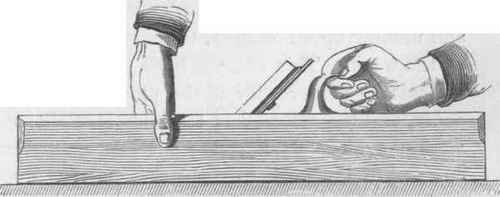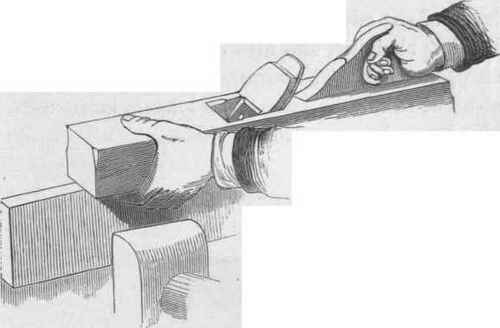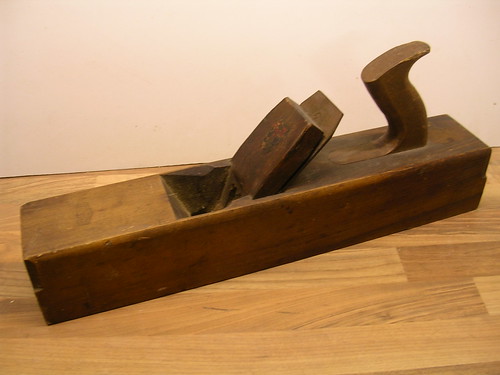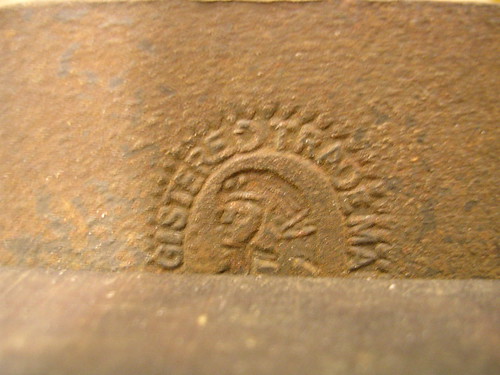rocksteadyeddy
Established Member
I have decided now having a few old stanley planes that are either refurbished or in line to be, that I would like to get a wooden one to see the difference.
I would like an older one that is ideally cheep and can be cleaned up/fettled?
So what I'm after is some pointers as to what`s a good make, what to look out for, or any tips please as I don`t have a clue when it comes to "woodies"! :roll:
ideally I`m thinking of something jack sort of size.
many thanks Edd.
I would like an older one that is ideally cheep and can be cleaned up/fettled?
So what I'm after is some pointers as to what`s a good make, what to look out for, or any tips please as I don`t have a clue when it comes to "woodies"! :roll:
ideally I`m thinking of something jack sort of size.
many thanks Edd.









































